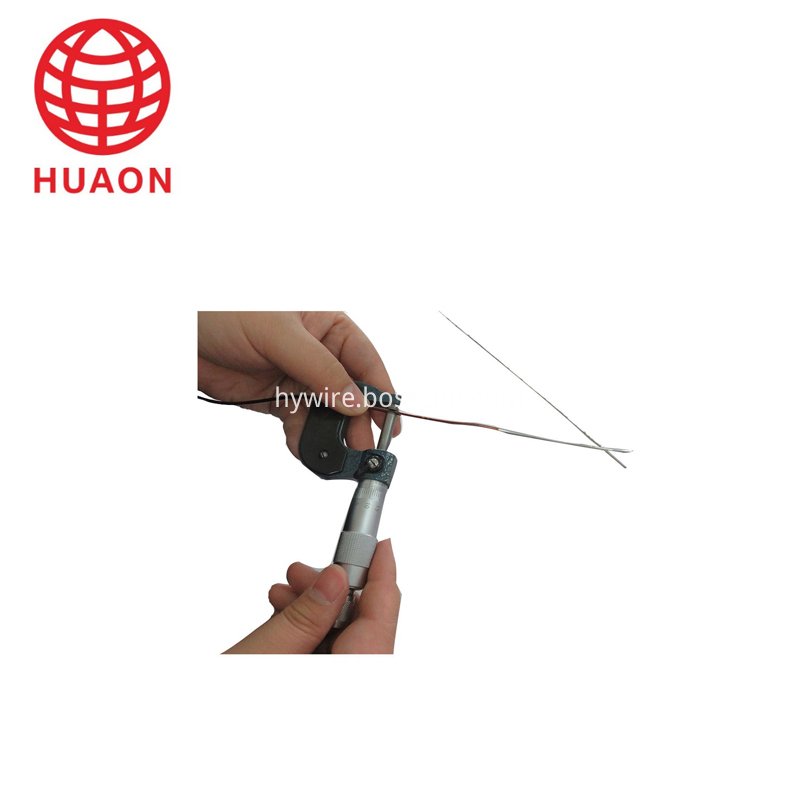SWG enameled aluminum round wire for household appliance heat sink, Polyimide enameled round aluminium wire, class 220. Package: 250*500/250*400/250*600 wooden spool.
Product Name
Enameled aluminium wire EIW/A 1.20-3.00,CLASS C-220
Material
Aluminium
Type
EIW/A
Themal class
calss C -220
Country of origin
China(Mainland)
Used
motor,transformer,rectifier and such
Aluminum Winding Wire,Eiw/A Enameled Aluminium Wire,Reasonable Price Enameled Aluminum Wire,Enameled Winding Wire Pew HENAN HUAYANG ELECTRICAL TECHNOLOGY GROUP CO.,LTD , https://www.huaonwire.com
About EIW/A Enameled Aluminium Wire

**PCB Surface Treatment: Understanding the Options**
First, let's take a look at the surface treatment of PCB boards. Common options include anti-oxidation, soldering tin, lead-free tin spraying, immersion gold, immersion tin, immersion silver, hard gold plating, full plate gold plating, gold fingers, and OSP (Organic Solderability Preservative). Each has its own advantages and applications.
Anti-oxidation and OSP are cost-effective, offer good weldability, but require strict storage conditions and have a shorter shelf life. Tin spraying is often used for high-precision multi-layer PCBs (4 to 46 layers) and is popular in industries such as communications, computing, medical equipment, and aerospace. The gold finger, found on memory modules, serves as the connection between the module and the slot, transmitting all signals through the gold-plated contacts.
Gold fingers consist of multiple conductive gold contacts, giving them their name due to the golden appearance. They are typically made by coating copper-clad boards with a thin layer of gold, which offers excellent conductivity and resistance to oxidation. However, due to the high cost of gold, many modern devices now use tin instead. Since the 1990s, tin has become more widely used, and today, most motherboard, memory, and graphics card gold fingers are made of tin. Gold plating is still used in high-performance server or workstation components where durability is critical, but it comes at a higher cost.
**Why Use Gold Plating?**
As integrated circuits become more complex, the density of IC pins increases, making it difficult to achieve flatness with traditional tin spraying. This can cause issues during surface mount technology (SMT), especially with small components like 0603 and 0402. Gold plating provides a smoother surface, ensuring better solder paste printing and reflow quality. Additionally, gold-plated boards have a longer shelf life compared to tin-plated ones, which is crucial during trial production stages when boards may sit unused for weeks or even months.
In high-frequency applications, signal integrity becomes a concern. The skin effect causes current to concentrate on the surface of the conductor, and gold plating helps maintain signal quality by reducing interference from the copper layer. As circuit densities increase, the risk of short circuits from gold wires also rises, making gold plating a more reliable option.
**Why Choose Immersion Gold Boards?**
To address some of the limitations of gold plating, immersion gold boards have become a popular alternative. Here are some key benefits:
1. Immersion gold has a different crystal structure than electroplated gold, resulting in a warmer yellow color that many customers prefer.
2. It offers better weldability, reducing the risk of poor solder joints and customer complaints.
3. Unlike gold plating, immersion gold only covers the pads, minimizing signal interference from the copper layer.
4. Its denser crystal structure makes it less prone to oxidation.
5. It avoids the issue of gold wire formation, which can cause short circuits.
6. The solder joint adheres more firmly to the copper layer, improving reliability.
7. No spacing compensation is needed during manufacturing.
8. The stress on immersion gold boards is easier to control, making them ideal for bonding applications.
9. Immersion gold boards offer similar flatness and shelf life to gold-plated boards, but are softer and less likely to wear down over time.
**Gold Plating vs. Immersion Gold**
Although both processes involve gold, they differ in application and performance. Electroplated gold is typically used for specific areas, while immersion gold coats the entire board. In terms of soldering, immersion gold performs slightly better, especially in high-density and high-frequency applications. Most manufacturers choose immersion gold unless a binding process is required.
Surface treatments for PCBs include gold plating, immersion gold, silver plating, OSP, and tin spraying. These methods are commonly used for FR-4 and CEM-3 materials. Some boards also use rosin-based coatings. Poor tinning, or "bad tin eating," can occur due to issues with solder paste or other materials, but this is usually addressed during production.
When evaluating PCB surface treatments, several factors are considered:
1. Is there an oil film on the pad area that might block solder?
2. Are the pad dimensions compliant with design specifications?
3. Is the pad contaminated, which can be tested using ion contamination analysis?
Each surface treatment method has its own pros and cons. Gold plating offers long-term storage stability and is less affected by temperature and humidity, typically lasting around one year. Tin plating is next, followed by OSP. Silver immersion is more expensive and requires special packaging (sulfur-free paper), with a shelf life of about three months.
In summary, the choice of surface treatment depends on cost, performance, and application requirements. Whether you go with immersion gold, tin, or OSP, each has its place in the world of PCB manufacturing.